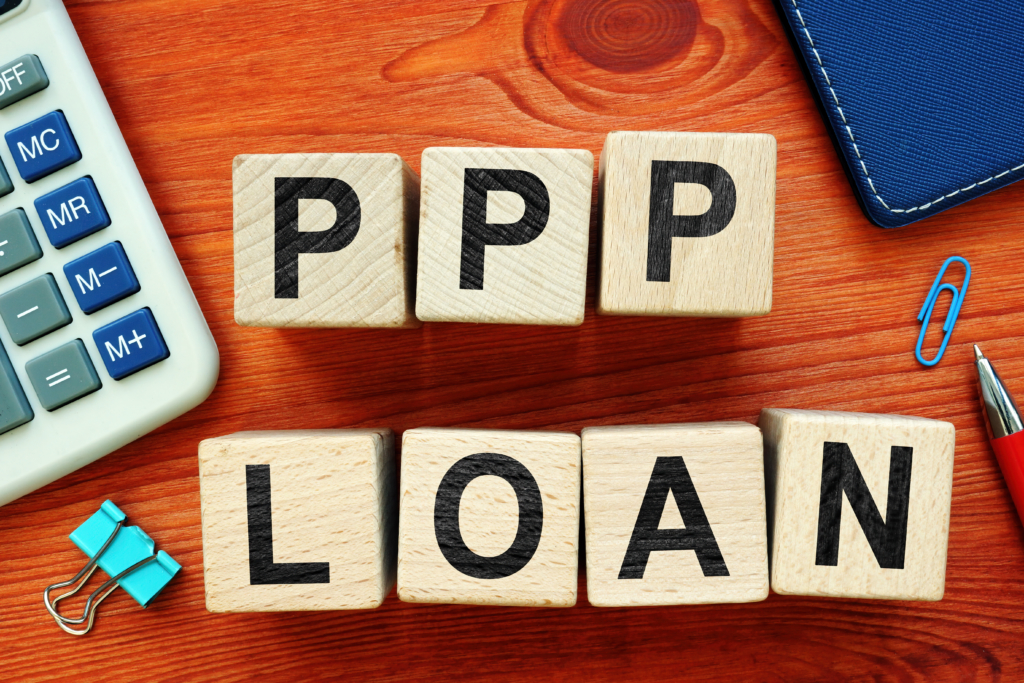By Andy Liu and Adrian Wigston
April 30, 2020
On Wednesday, Treasury Secretary Steven Mnuchin and Small Business Administrator Jovita Carranza jointly announced that the SBA will review all PPP loans in excess of $2 million to ensure that the recipient was an “eligible” borrower. These audits will occur “following the lender’s submission of the borrower’s loan forgiveness application,” they said. Loans below $2 million and those for which forgiveness was not requested are still subject to audit.
There is no question that the SBA should conduct audits to identify any fraudulently obtained PPP loans. However, the eligibility criteria is not only ambiguous – it has been constantly evolving. Here, we list just a few of examples.
- What do “uncertainty” and “necessary” mean? The CARES Act requires that the PPP loan applicant certify, in good faith, that “the uncertainty of current economic conditions makes necessary the loan request to support the ongoing operations of the eligible recipient.” This, of course, does not require a pre-determination that the pandemic would necessitate an influx of additional funds– it requires only a good faith assessment that the “uncertainty” of economic conditions in light of the pandemic makes such an influx potentially necessary. More troubling, however, is that neither the statute nor SBA’s early guidance shed any light on what “necessary” means. Nor is it clear whether the SBA will eventually construe “support” in a way that imposes not-yet-contemplated limitations on eligibility.
- Evolving meaning of “necessary.” Few, if any, early commentators focused on the ambiguity of what “necessary” meant. Indeed, nowhere in the SBA’s initial Interim Final Rule did it address the meaning of this term. In the wake of negative publicity about Shake Shack and other otherwise well-funded companies obtaining PPP loans, however, the SBA and Treasury seized on this term to carve out such companies from PPP eligibility. On April 23, nearly a month after the CARES Act was passed, the SBA suggested for the first time in its evolving FAQs that “ability to access other sources of liquidity sufficient to support their ongoing operations in a manner that is not significantly detrimental to the business” is material to the determination of necessity. Not only is this an arguably new requirement, it only further exacerbates the lack of clarity regarding eligibility. Does the SBA’s new guidance mean, then, that any company with an untapped Line of Credit is ineligible for the PPP loan? Or that owners of privately held businesses must turn to their personal savings for cash infusions into the business?
- How are “tangible net worth” and “net income” calculated? The SBA’s FAQs provided that, even if a borrower has more than 500 employees and does not meet the SBA employee-based and revenue-based size standard corresponding to its primary industry, it may nonetheless be eligible for a PPP loan if it qualifies under the SBA’s “alternative size standard,” based on maximum tangible net worth and average net income after Federal income taxes. But these terms aren’t defined in any statute, regulation or informal guidance. Are they calculated based on financial statements or tax accounting, for example? Or by some other method?
In addition to these interpretation issues, eligibility is often further convoluted by the need to determine what other businesses are considered “affiliates” such that their employee-counts and revenues must be combined. The tests for affiliation are based on concepts of “control” which are at times subjective and fact-based.
The SBA seemingly recognized that the rules would be evolving. This was included in the early FAQs issued by SBA:
Question: I filed or approved a loan application based on the version of the PPP Interim Final Rule published on April 2, 2020. Do I need to take any action based on the updated guidance in these FAQs?
Answer: No. Borrowers and lenders may rely on the laws, rules, and guidance available at the time of the relevant application. However, borrowers whose previously submitted loan applications have not yet processed may revise their applications based on clarifications reflected in these FAQs.
This early FAQ suggests that any loan application approved before new or conflicting guidance was issued would be safe harbored. That, however, is not the case. SBA’s guidance now provides that borrowers who believe that the new guidance no longer makes them eligible for the PPP loan have until May 7, 2020 to repay the loan in full in order to be “deemed by SBA to have made the required certification in good faith,” and presumably not subject to any penalties.
Given the continuing uncertainty around eligibility criteria, contractors in the immense gray area are faced with a dilemma – repay the funds that are much needed, or risk a later allegation that they made a false certification of eligibility. Nichols Liu has helped numerous clients assess eligibility and, as appropriate, to take steps to mitigate the associated risks of taking or keeping PPP loans.
